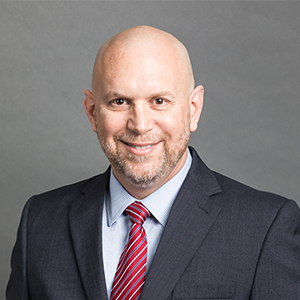
On January 20, 2020, a Washington state resident became
the first confirmed case of COVID-19 in the United States. Less than two weeks
later, the U.S. declared a national emergency concerning the virus. Cases of the
coronavirus continued to rise throughout the United States and the world through
the next few months. The first sharp rise of cases in the U.S. occurred between
June 9, 2020, and July 20, 2020. During this time, this country experienced a
300% increase in cases.
At this time, most hospitals across the country
began to free up resources to deal with the influx of COVID-19 patients. One of
the means that they opened up resources was by canceling elective procedures at
the hospitals. While this may make sense on the surface, who needs a nose job in
the middle of a global pandemic? Many of the general public did not know that
included in these elective procedures were routine cancer screenings.
Simultaneously, local and state governments began instituting stay-at-home
orders, further restricting access to the doctor's offices and other medical
facilities.
According to research conducted by the National Center for Biotechnology
Information (NCBI), cancer screenings dropped during 2020 by as much as 85%.* Additionally, the
CDC reported in June of 2021 that its National Breast and Cervical Cancer Early
Detection Program saw an 87% decline in screenings for breast cancer and an 84%
decrease in cervical cancer screenings.** Another study conducted by the
American Cancer Society and the National Comprehensive Cancer Network reported a
decrease of over 22 million screenings between March 2020 and June 2020. These
22 million screenings represented a 94% decline in breast, colon, and cervical
cancers screening.***
While the studies generated different percentages, we
cannot deny one thing, COVID-19 dramatically affected cancer patients in the
United States.
These screenings encompassed both first-time symptomatic
patients and patients who had a previous diagnosis of cancer. The result was
almost universally across the reports cited, an 11% decrease in cancer
diagnosis. Unfortunately, cancer did not take a holiday, and many people either
were diagnosed later or have yet to be diagnosed. Norman "Ned" Sharples, the
director of the National Cancer Institutes, estimates an additional 10,000
deaths in the U.S. because of the delays in screenings and diagnosis caused by
COVID-19****.
Earlier this year, many facilities began
lifting their
restrictions on elective surgeries and allowed for routine cancer screenings to
restart. While many patients began undergoing their screenings, the trend in the
United States is still not back to pre-COVID-19 levels.
Surgical Centers,
hospitals, and other healthcare facilities are implementing many safety
precautions against COVID-19. You should feel more comfortable going to see your
physician than you would in the grocery store. For an excellent guide to cancer
screening, please visit the American Cancer Society at
https://www.cancer.org/healthy/find-cancer-early/screening-recommendations-by-age.html.
Some
of you may know that I was diagnosed with bladder and prostate cancer in 2015.
After one surgery to remove the tumors in my bladder and another to remove my
prostate, I was declared cancer-free by my doctors on December 23, 2015. I
continue to have my bladder checked once a year and am thankful that I did this
month. On September 9, 2021, my surgeon found three new cancerous tumors and
removed all three during my routine bladder cancer screening. All three were
low-grade and early-stage cancer, and further biopsies revealed no other signs
of cancer.
Without my routine screening, would I have been one of those
10,000?
- * Patt D;Gordan L;Diaz M;Okon T;Grady L;Harmison M;Markward N;Sullivan M;Peng J;Zhou A; (n.d.). Impact of covid-19 on cancer care: How the pandemic is delaying cancer diagnosis and treatment for american seniors. JCO clinical cancer informatics. Retrieved September 29, 2021, from https://pubmed.ncbi.nlm.nih.gov/33253013/.
- ** Centers for Disease Control and Prevention. (2021, June 30). Sharp declines in breast and cervical cancer screening. Centers for Disease Control and Prevention. Retrieved September 29, 2021, from https://www.cdc.gov/media/releases/2021/p0630-cancer-screenings.html.
- *** Delayed cancer screenings. Epic Health Research Network. (n.d.). Retrieved September 29, 2021, from https://ehrn.org/articles/delays-in-preventive-cancer-screenings-during-covid-19-pandemic/.
- **** Sharpless, N. E., director of the U.S. National Cancer Institute, B. (2020, June 19). COVID-19 and cancer. Science. Retrieved September 29, 2021, from https://www.science.org/doi/full/10.1126/science.abd3377.









 ©
- CMS Imaging, Inc. All Rights
Reserved
©
- CMS Imaging, Inc. All Rights
Reserved

Comments
Comments
Leave a Comment